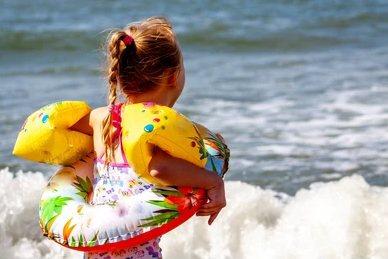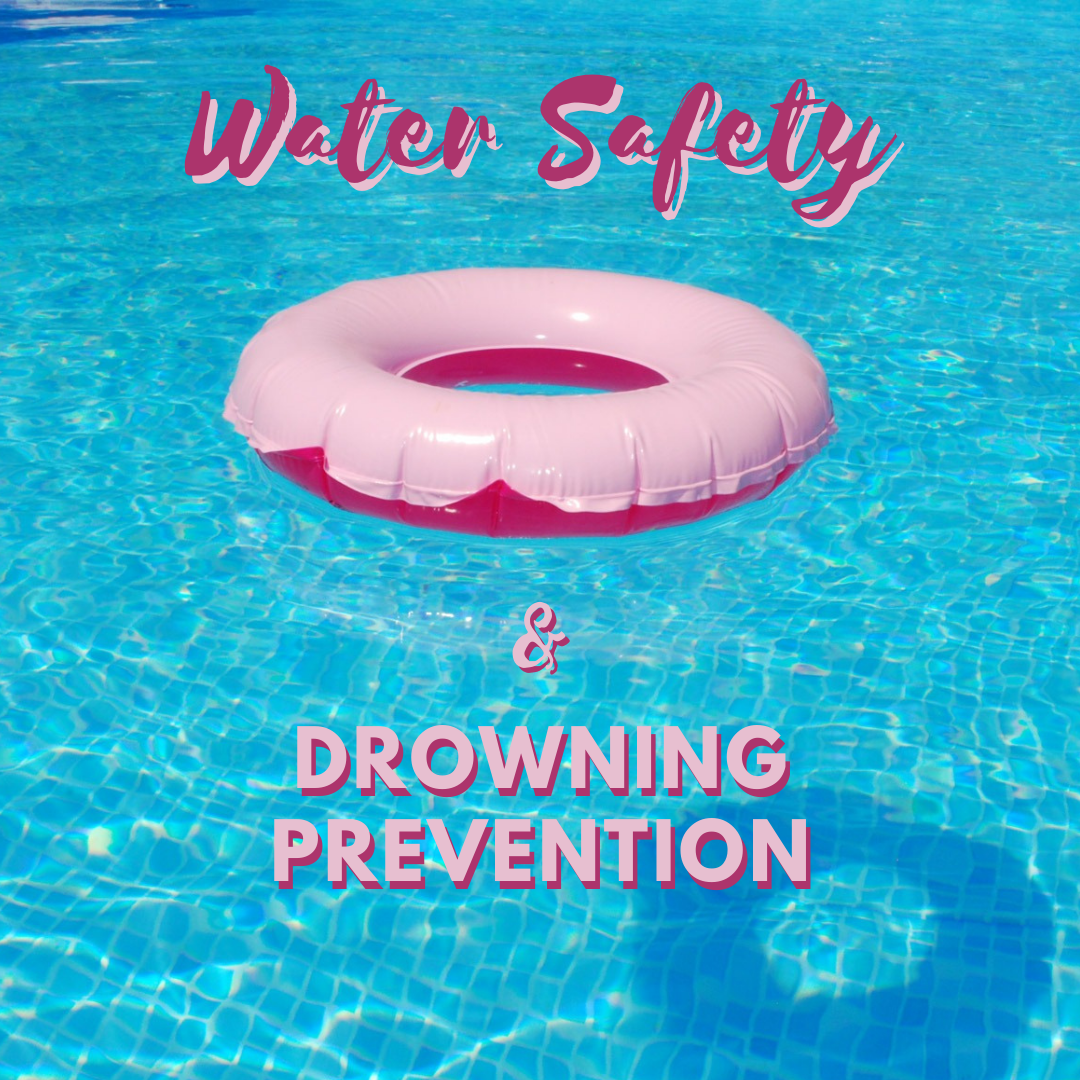Water Safety: A Guide for Babysitters and Older Siblings
For most teenagers, summer vacation is something they look forward to all school year. They love swimming, hanging out with friends, and most of all, there’s no school! However, as we approach the end of the school year, it is important to brush up on our “babysitter’s training”.
The most common cause of accidental death in children ages 1-4 is drowning. As older siblings and caregivers, it is important to understand this statistic and integrate proper prevention tactics.
Important Note:
The first step in water safety is to get consent from children’s parents to allow them into a body of water.
Drowning Prevention:
The most important thing to remember when preventing accidental drowning is that children should never be left near water unattended. Children can drown in as little as 1 inch of water, so it’s essential to remember that water safety includes ponds, lakes, bathtubs, and even puddles. If you are watching a child in the swimming pool/lake and need to step away, either ask someone around you to watch them or take the child out of the pool to come with you. Never assume that other people will watch them without you asking.
Another way to prevent drowning is to make sure the child is using proper swimming aids and equipment. For example, if they aren’t a strong swimmer they can use: floaties, pool noodles, inflatable armbands, etc. If a child is using a life vest it is important to make sure that the device fits them properly.

One more way to prevent drowning is to make sure the child is visible to lifeguards in public settings. According to an article in the South Bend Tribune, it is much easier for lifeguards and other adults to spot children in bright or neon swimsuits. This is because the colors don’t blend in with the water the way dark blues or greens might.
What to do in the event of a drowning:
If you are with a child who begins to drown, follow the following steps:
- Get immediate help from anyone that is around. If you are in a public swimming area, notify a lifeguard.
- Remove the child from the water.
- Place the child flat on their back on a flat surface.
- Shake the child’s shoulder to see if they are responsive. If they are not responsive, be sure to check for breathing.
- If the child is breathing, place them in the recovery position and warm them up with clothes and towels while waiting for an ambulance.
- If the child is not breathing, begin performing CPR.

That being said, I hope you have a great and safe summer.

